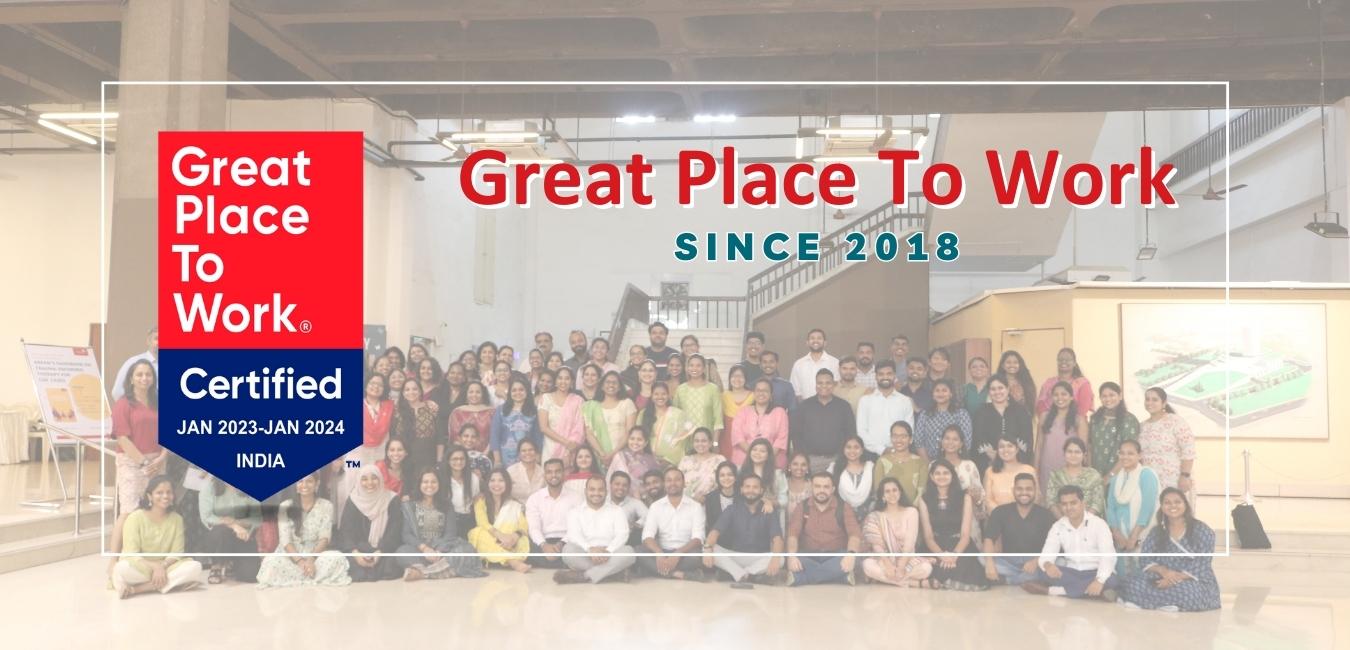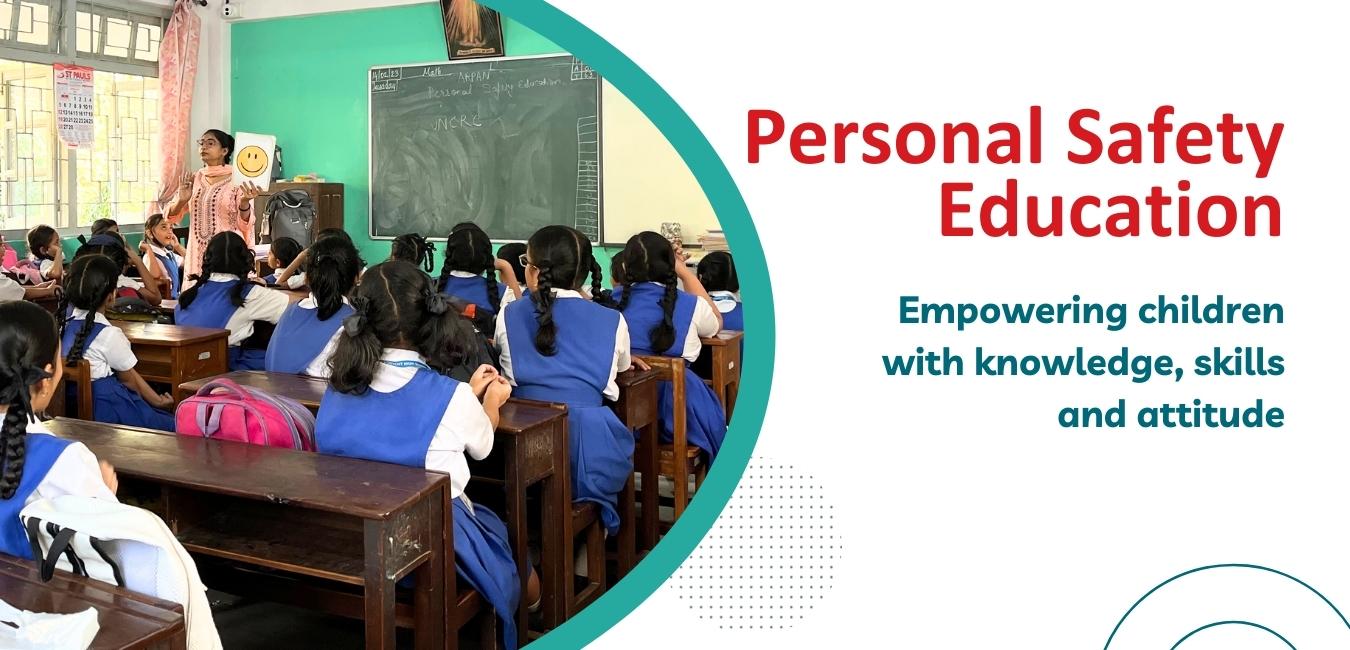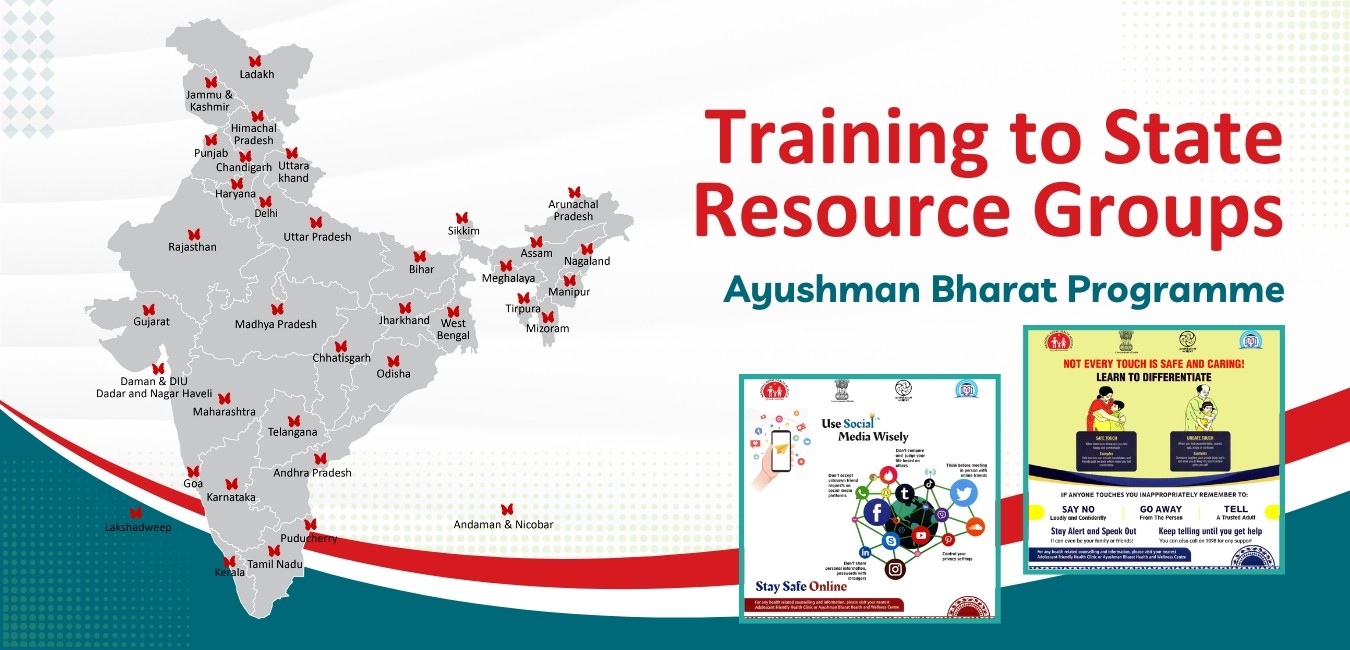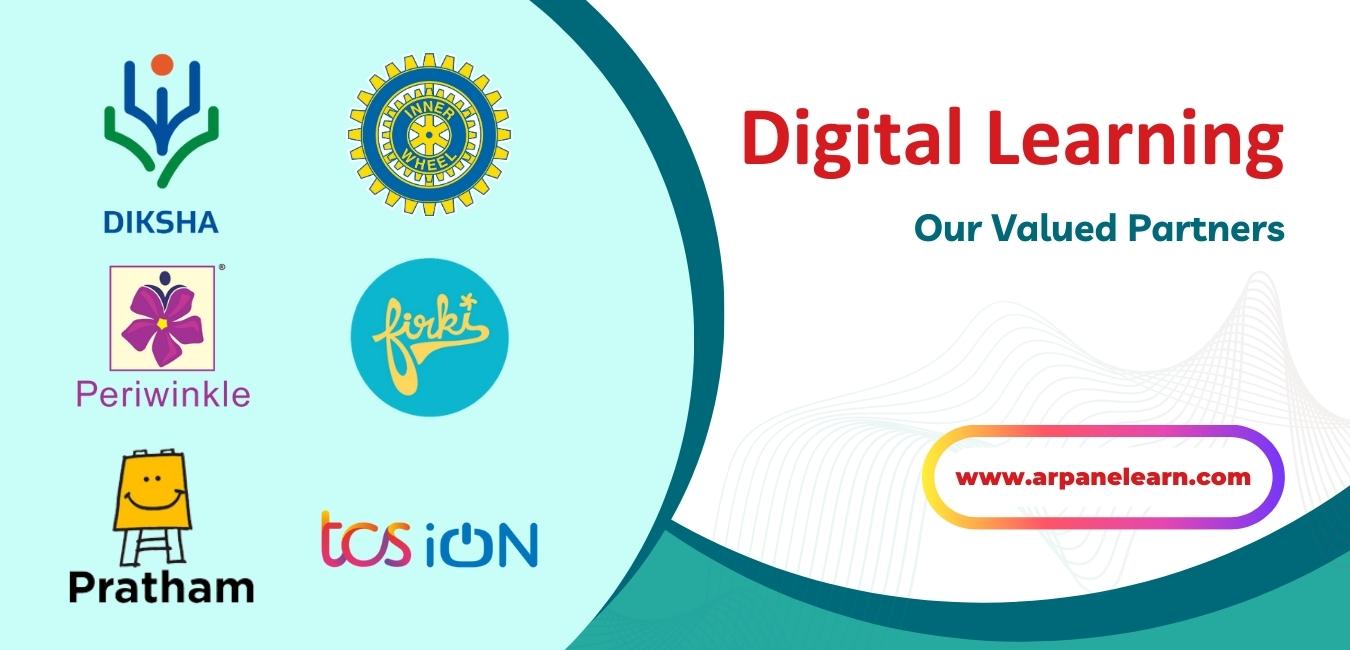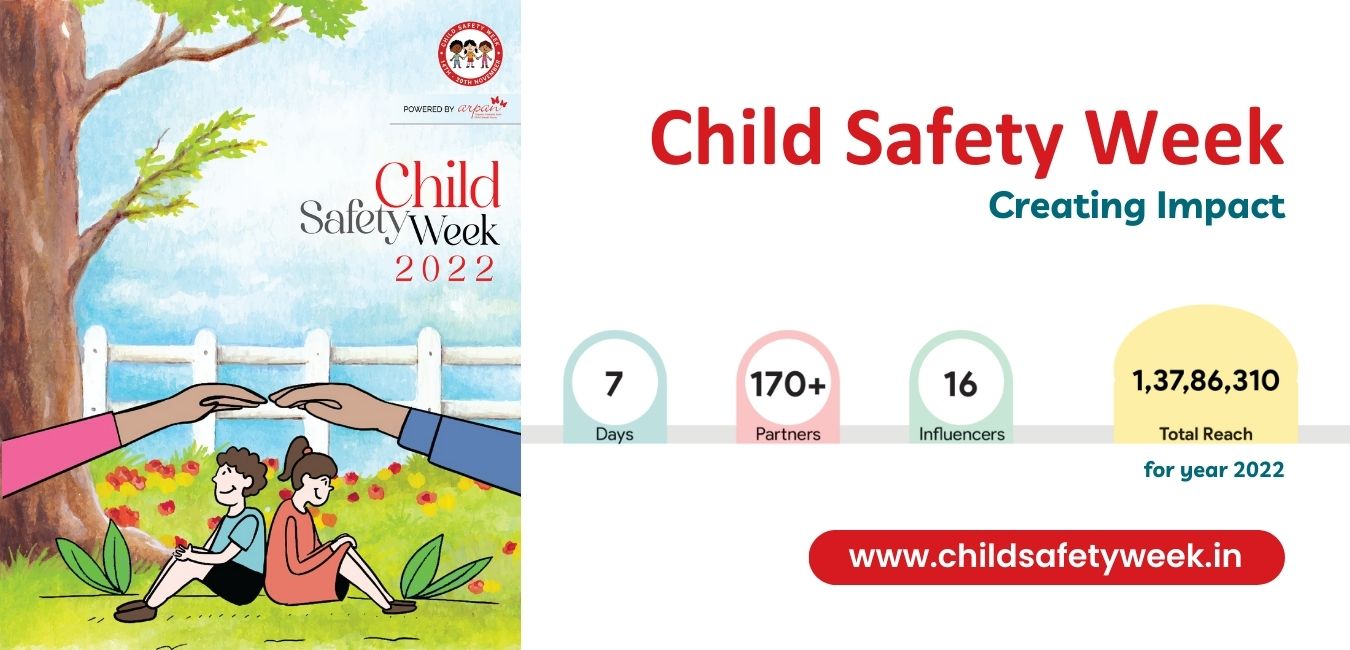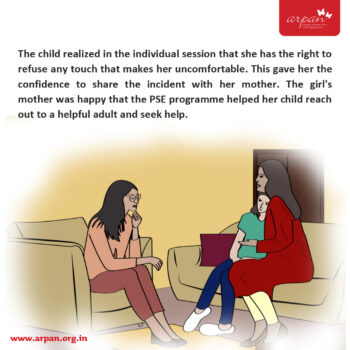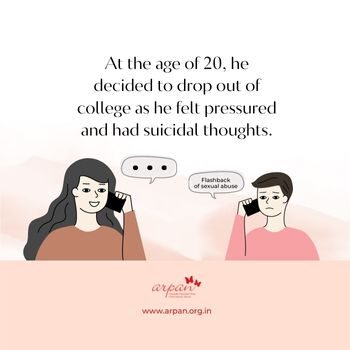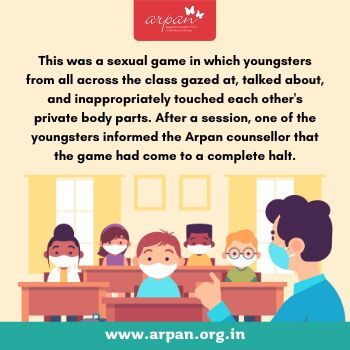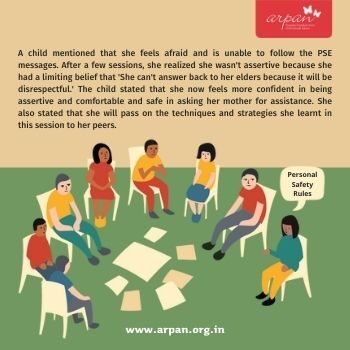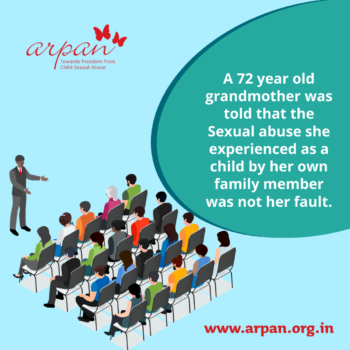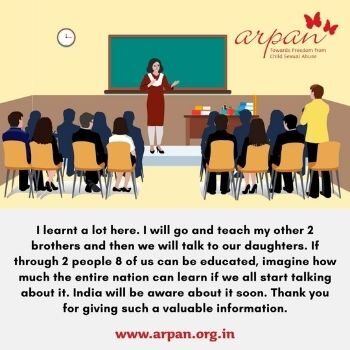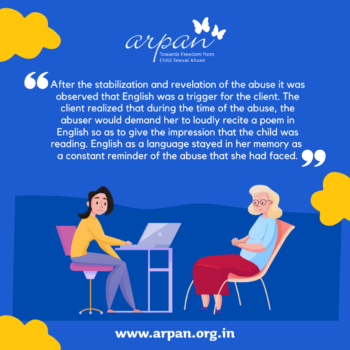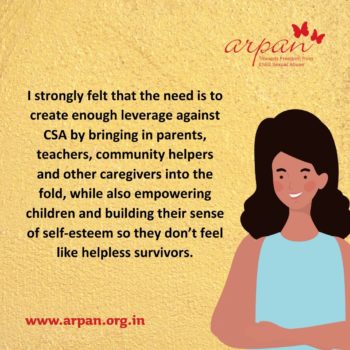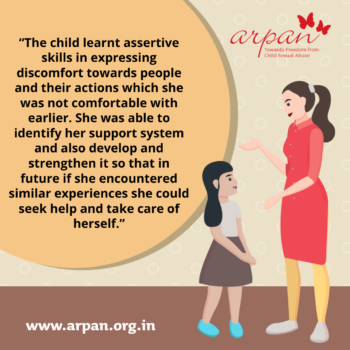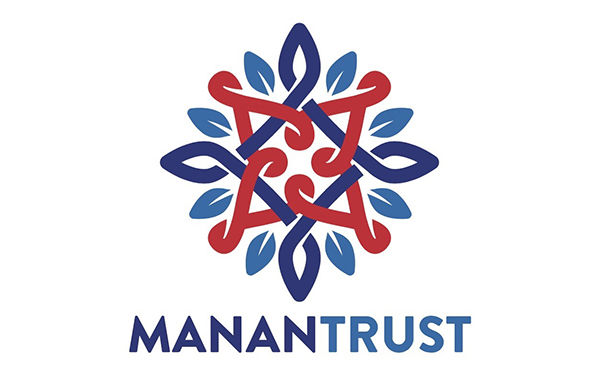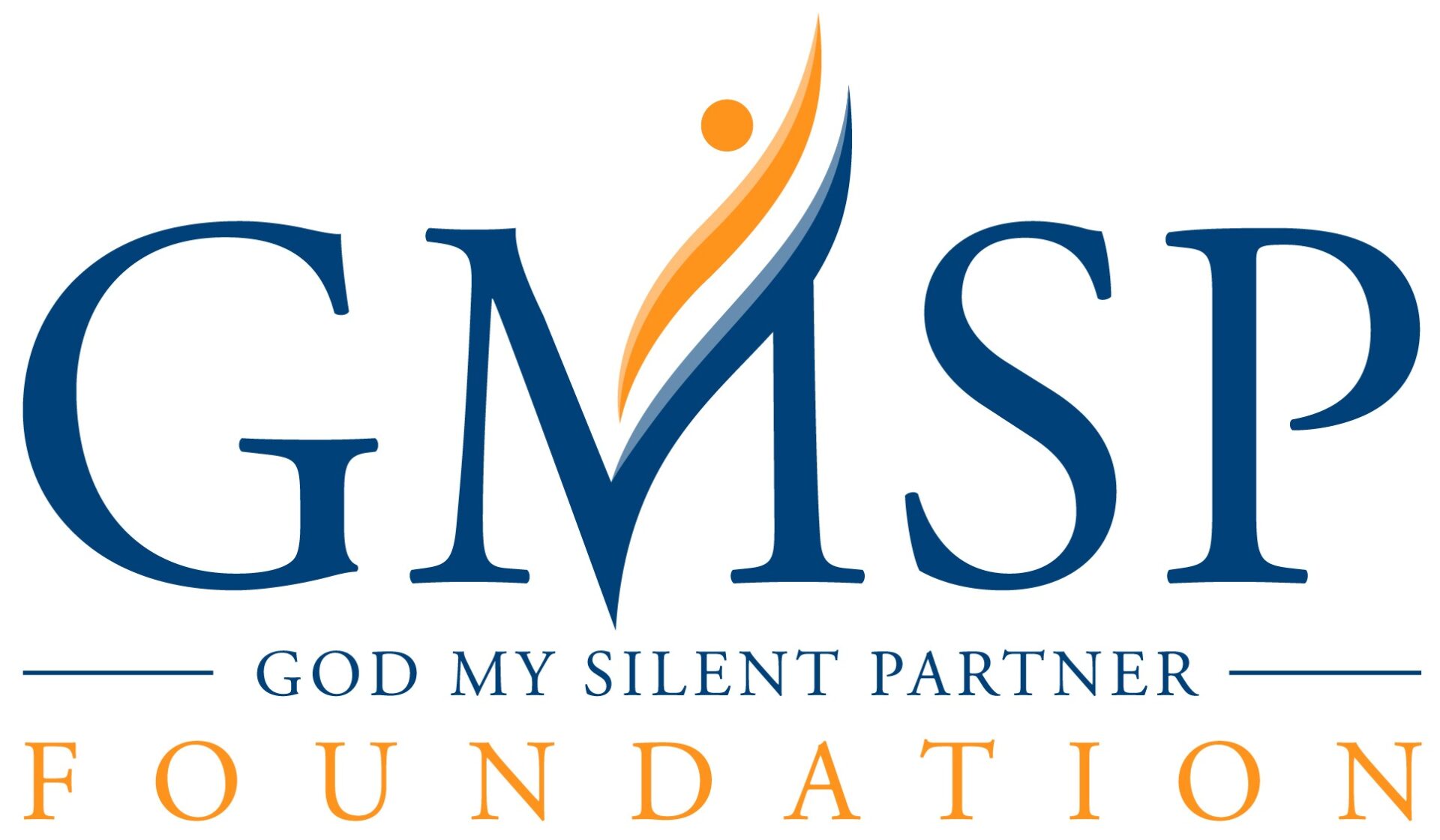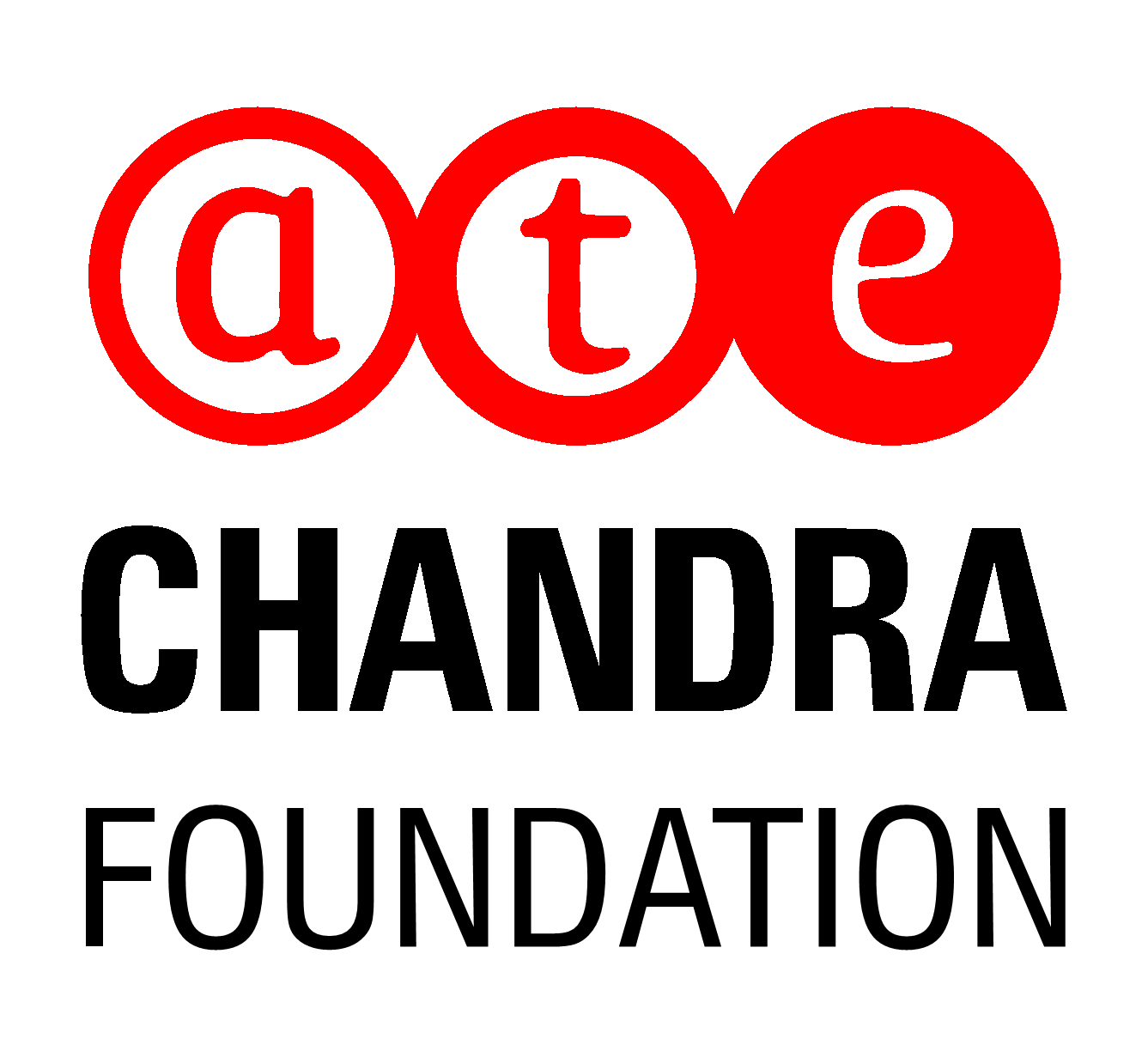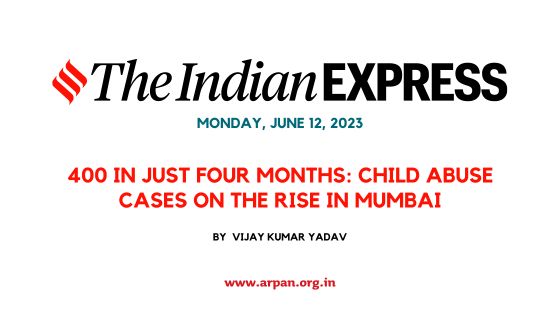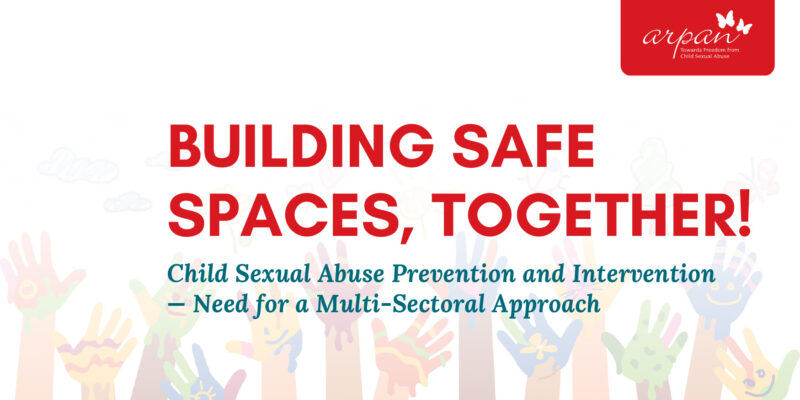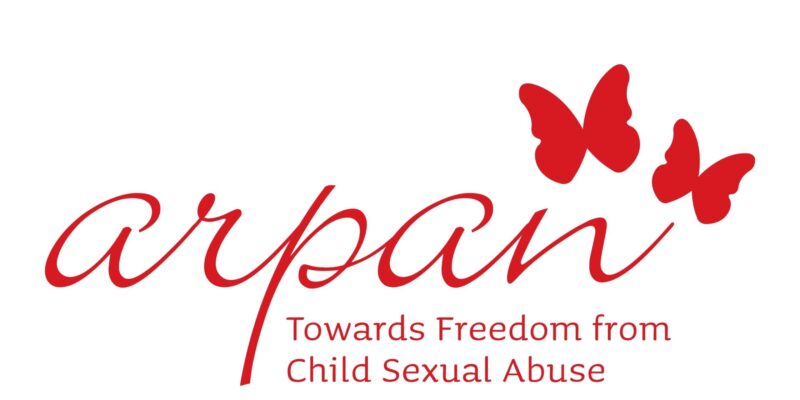Know More About Us
Arpan is a globally recognised, award-winning non-profit working towards the elimination of Child Sexual Abuse (CSA) in India.
Based in Mumbai, with a team of over 140 dedicated professionals, Arpan is India’s largest non-profit providing CSA Prevention and Intervention services for both children and adults. As a critical stakeholder for state and non-state actors, Arpan is a leading voice in the space of CSA Prevention and Intervention in India, and uses advocacy and research to push for policy and systemic change at the local, state and national levels.
Arpan is a global thought leader in the CSA space, with innovative impact models that work with a range of stakeholders, from children and parents to state bodies and teachers. Arpan’s key project focuses on Personal Safety Education in schools, teaching children and adolescents (ages 4 to 18) about personal safety so they can identify and seek help in unsafe situations. Arpan also trains and empowers teachers and parents with the knowledge, attitude and skills needed to prevent and deal with CSA. Since 2007, Arpan has impacted over 3.8 million children and adults, and has received 8 National and 2 International Awards for its exemplary work.
PROGRAMME OUTREACH
STORIES OF CHANGE
SERVICES OFFERED TO STAKEHOLDERS
OUR SUPPORTERS
TESTIMONIALS







I know about Arpan. Your team had recently conducted a Personal Safety Education programme at my child’s school. In today’s time it is so important for children to know about Safe and Unsafe touches and your team does a great job.

Congratulations on your effort! Very few in the country address this issue with sensitivity, the way Arpan does. Using the bubble idiom at Kala Ghoda – what a novel way to highlight the innocence that is shattered when the bubble bursts.

The Hollow Tree is a very good concept and is a good attempt to increase awareness on the issue of Child Sexual Abuse. Breaking the silence around the issue is very important. I have read each and every story on the tree and am moved. I will tell my friends to visit this installation.

I needed a safe environment in my school, and that was the reason I collaborated with Arpan, India’s largest NGO working on the issue of Child Sexual Abuse. Arpan has a very dedicated staff; you won’t believe they are so professional and discrete in the way they tackle situations. Parents feedback was very positive and they were very happy with the way the team had conducted the programme.

We are very glad to state that our association with Arpan in the academic year 2011-12 has been a truly enriching experience. It has been a learning endeavour to the management, staff, students and parents.

Had Arpan not walked in, I do not think BCG would be so conscious and aware of what it means to keep children safe. Our reach has not just been the children; but all our staff and parents, which would probably mean almost 25,000 families. We are proud that Arpan walked in and we sustained our relationship with Arpan.

I see myself talking to children who are shy, introvert and taking interest in their behaviour and changes in moods.

The staff from Arpan has educated children in the area of Child Sexual Abuse from grade 1 to 4 by giving them information on private body part and providing them Personal Safety Education. Each child was individually attended to and the concerns of each child were addressed effectively. This Personal Safety Education provided by Arpan staff has not only built up the confidence of the children but also given them strategies to keep them safe and secure. The sessions with parents and teachers have led to positive changes in shaping their perspectives towards CSA. We are extremely grateful towards Arpan for the program.

We have realised how important it is to tell our children about using the right terminologies for their private body parts.

Excellent work! Hope to see Arpan covering all schools in Mumbai. We are happy for the fact that our children will be learning personal safety. Also thankful to the school for providing great opportunity to children through Arpan’s programme of PSE. We are glad that CSA information is not only restricted to children and teachers but even parents get that information.

I am really very happy that the children are lucky to learn PSE. I wish I had sessions like these, & then I wouldn’t have gone through such situations in my life.

Thank you for providing the much required, appropriate information for the students in grades 5 and 6. After your PSE implementation, one of the parents shared with us that her child has started communicating on issues like safe/unsafe touch which earlier she would choose to keep it to herself. We also want our children from grades 7-10 to benefit from your program. Please train these children as well.

After PSE happened my husband and I are comfortable talking to our son about private body parts and there is more open communication within the family.

I congratulate Arpan for the kind of work being done with the children. As parents, we might not be able to talk to children about the information on private body parts the way it was taught in school.

The work that Arpan has done for students is priceless, and their work is commendable. It is very important for all our students, and we would like to thank Arpan for it. Because of this organisation, the confidence and self-esteem of our children have increased so that they can keep themselves safe. This program has increased their decision-making capabilities.

I really like the work that the Arpan team has done because I feel like there are some things in our society that people don’t talk about. But the Arpan team works for that cause, and that’s why it’s a good initiative.

No one had spoken to our children on this topic, neither did we have a discussion regarding it. The awareness session conducted by Arpan has been very helpful for our children. Talking about private body parts and related topics made us anxious, and we also felt shy to talk about it. But Arpan trainers spoke about it openly. The homework sheets that children were asked to complete had opened communication channels between our children and us and it have helped us a lot.

If Arpan had not walked in, I do not think BCG would be so conscious and aware of what it means to be keeping children safe. And our reach has not just been the children, all our staff and parents who would probably mean almost 25,000 families. We are proud that Arpan walked in and we sustained our relationship with Arpan

The Personal Safety Education Programme has to be a part of the school curriculum and the system here. Two years back, when Arpan started the programme in our school, it was one year programme, not a one-off session. All of the teachers were made aware. Personal Safety Education lessons were conducted in every single class first, and then individual sessions were conducted with children. Because it was intensive, we were able to detect 7 cases of CSA in our school. I was shocked beyond imagination that this was happening in my school. Because of the curriculum and the content of the PSE programme, we were able to take the necessary actions to stop the ongoing abuse.

























LATEST NEWS
Accreditation / Certification

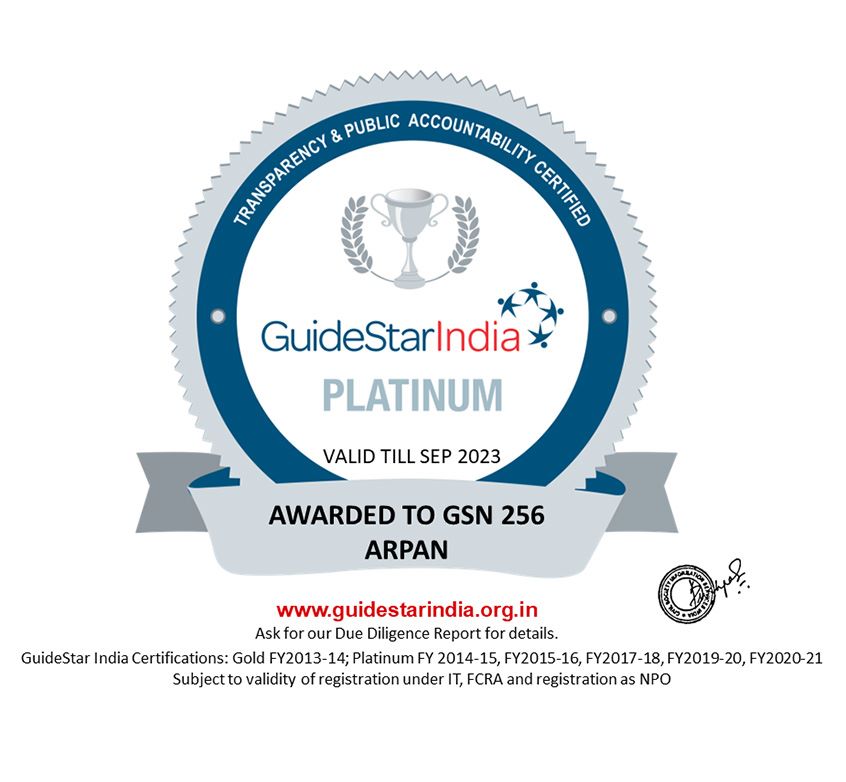


Alliance



